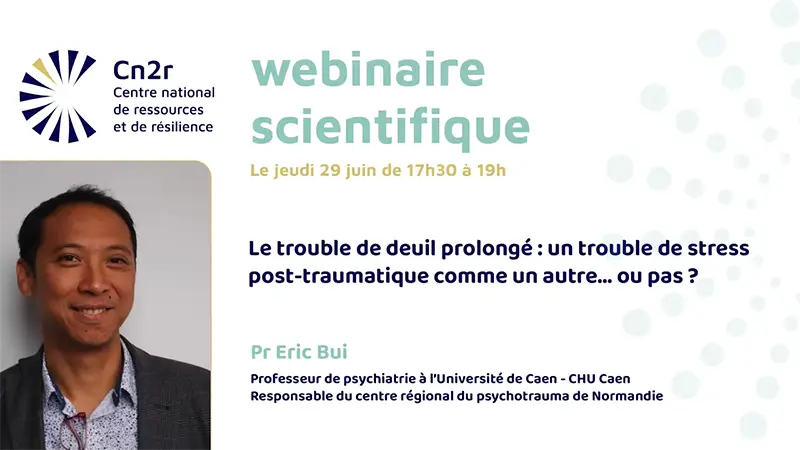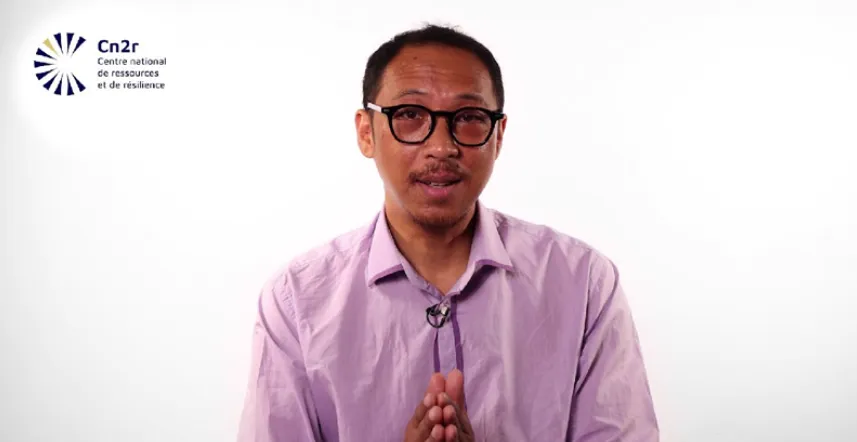Initially, the term "deuil" comes from the popular Latin "dolus", itself derived from the classical Latin "dolor" meaning "pain". In the French language, a single word is used to designate the different facets of grief. The term is used to designate the pain we feel following the death of someone, the death of a loved one, or to refer to the outward signs (of mourning) "consecrated by usage" (Le Robert, n.d.).
In English, the lexicon is richer, with several terms used to nuance different aspects of grief. Thus, the term "bereavement" refers to the loss of an attachment figure, "grief" is used to evoke emotional, cognitive and behavioral reactions such as grief, sorrow, sadness, etc., and "mourning" refers to conscious behavioral manifestations, often influenced by culture, and therefore associated with the more social or external aspects of the loss. Thus, after the death of a loved one (bereavement), an emotional, cognitive and behavioral response (grievance) frequently arises, though not systematically, and thanks to mourning work (mourning), it is sometimes possible to attenuate this response.
Nevertheless, for some people, this mourning process is impossible, and they remain stuck in intense grief reactions. In this respect, various terms are commonly used indiscriminately to describe this specific condition: complicated grief, complex persistent grief, or more recently, prolonged grief disorder. In an effort to deepen our understanding of bereavement, whether "normal" or "pathological", many contributions have emerged, and continue to emerge for over a century now.





